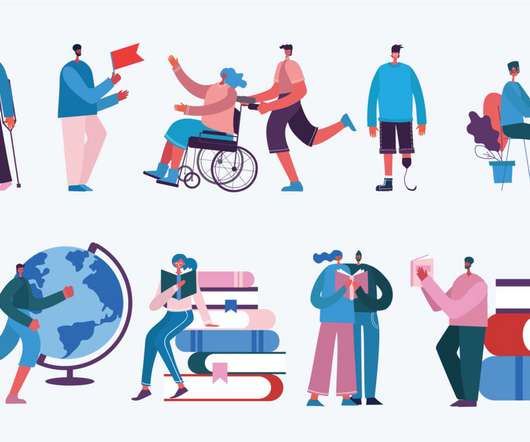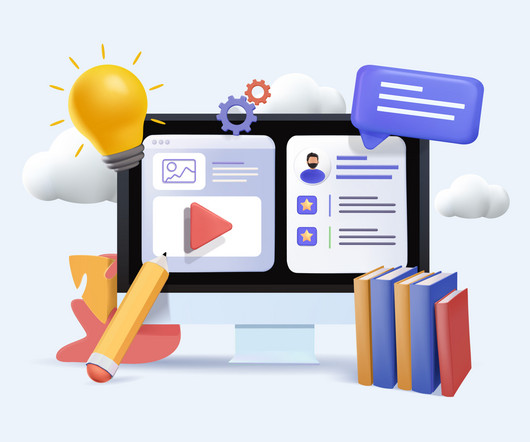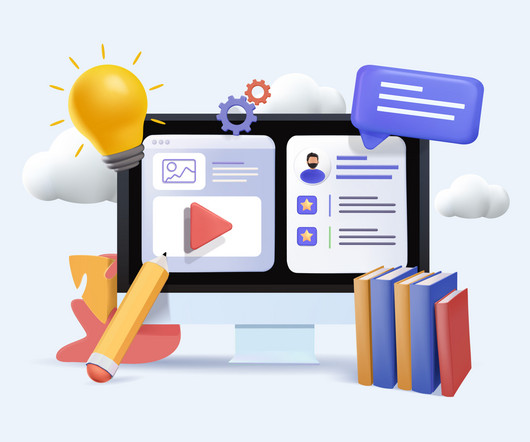How Colleges Can Improve Accessibility In Remote Courses
Edsurge
APRIL 30, 2020
We heard from Albat and Stephanie Del Tufo, assistant professor in the School of Education at the University of Delaware, who studies individual differences in learning, language and literacy. They also addressed audience questions about how to get faculty motivated to adjust their courses to improve accessibility.























Let's personalize your content